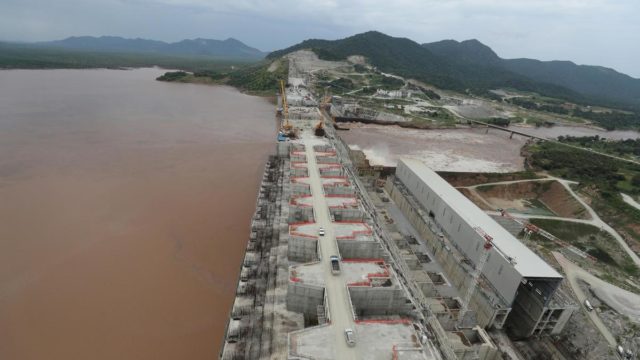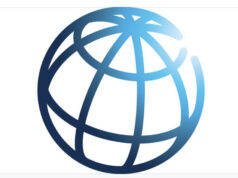Africa's second-biggest country, which has suffered severe drought and famine in the past, is planning broad-based commercial farming
The National || A former JP Morgan Chase analyst is using drones and satellites to boost Ethiopia’s agricultural exports and improve food security in a nation once synonymous with famine.
Africa’s second most populous country, still struggles to feed itself. But now the government’s Agriculture Transformation Agency, headed by Khalid Bomba, is aiming for widespread commercial farming and food security in 20 years. It is modelling itself on initiatives in South Korea and Taiwan.
“The reason Ethiopia’s agricultural sector has not developed is because we have not leveraged technology,” said Mr Bomba, 51, who spent a decade at JP Morgan on Wall Street and in London and later worked at the Bill and Melinda Gates Foundation, developing and managing grants in the agriculture sector.
In the country of 108 million people agriculture accounts for 45 per cent of the economy, 80 per cent of employment and three quarters of total export earnings. Subsistence farming, small plots and limited access to fertiliser means that most farmers struggle.
Coffee, which originated in Ethiopia, and oilseeds are the country’s two main exports, earning the country $1.2 billion (Dh4.4bn) in the year ending July 7. In addition to being Africa’s largest coffee producer the country also exports roses and vegetables.
“The biggest challenge Ethiopia faces now is a very large and growing population, which will keep increasing the demand for food and jobs,” said Nega Wubeneh, adviser at the Alliance for a Green Revolution in Africa. “Despite the improvements in the productivity of crops, the yields are still below global averages and agronomic potential.”
Mr Bomba’s agency uses satellite soil mapping, toll-free numbers, drones and an in-house consultancy to help farmers.
Potential buyers are able to zoom in on a map of Ethiopia, search for a farm by area and commodity, watch a drone video of the produce to assess its condition and call the farmers directly to purchase the crops. Small farmers have been clustered together so that they grow the same crop using the same methods.
“It’s easier to find a market for 200 hectares of crop rather than half a hectare,” Mr Bomba said of the clusters, which produce wheat, corn, sesame, barley, fruit and horticultural crops. The project plans to double the income of 5 million farmers within five years, he said.
The agency also aims to improve access to seeds and boost fertiliser use. Morocco’s OCP Group has committed to building a $3.7bn fertiliser plant, which is scheduled to open in 2023.
The average for fertiliser consumption per hectare (2.47 acres) is 140 kilograms. In Ethiopia the usage is a 10th of that, according to the World Bank. In neighbouring Kenya, farmers use an average of 36kg of fertiliser per hectare.
That is important in a country that has seen its agricultural potential held back by poor infrastructure and a lack of access to markets and finance, according to Han Demirag, country director for Ethiopia and South Sudan for the International Fund for Agricultural Development.
“We want to make sure that people’s perceptions that persist from the 1980s of drought and famine is replaced by a perception of an Ethiopia that is food secure. A country that feeds itself and feeds other parts of Africa,” Mr Bomba said.

























